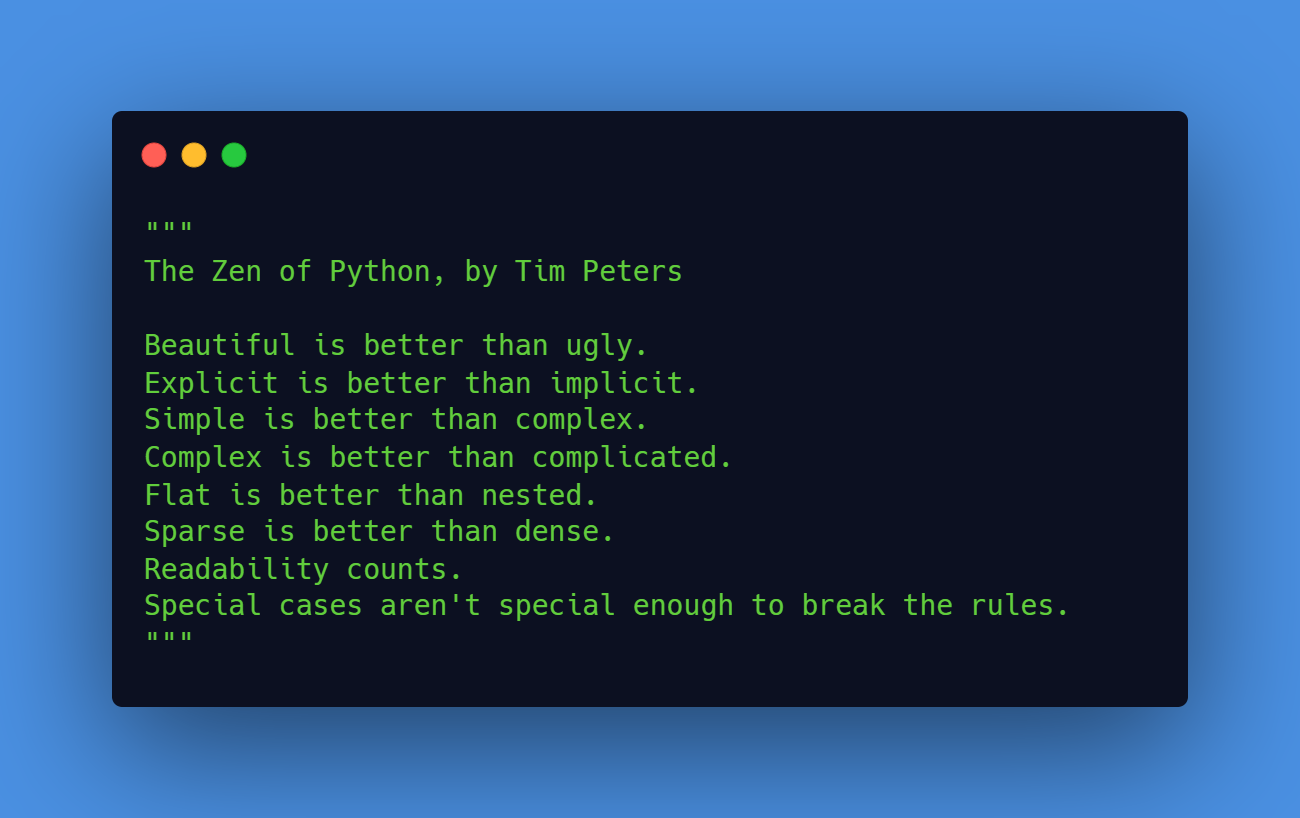In JavaScript, there are several different ways to cast a value to a string. However, the recommended way to do this is to use the String() method.
This is a global function that can be used to convert any value to a string. It is a versatile method because it can be used with any data type, including numbers, booleans, objects, null, and undefined values.
var num = 10;
var str = String(num); // "10"
var bool = true;
str = String(bool); // "true"
var obj = { name: "John" };
str = String(obj); // "[object Object]"
var n = null;
str = String(n); // "null"
var u = undefined;
str = String(u); // "undefined"Code language: JavaScript (javascript)Overall, the String() method is the recommended way to cast a value to a string in JavaScript because it is a versatile and widely applicable method that can be used with any data type.
Using toString()
The toString() method is a specific method that belongs to individual objects and can also be used to cast variables to strings.
However, if the value is null or undefined, using toString() will throw an error. For example:
var num = 10;
str = num.toString(); // "10"
var bool = true;
str = bool.toString(); // "true"
var obj = { name: "John" };
str = obj.toString(); // "[object Object]"
var n = null;
str = n.toString(); // TypeError: Cannot read property 'toString' of null
var u = undefined;
str = u.toString(); // TypeError: Cannot read property 'toString' of undefined
Code language: JavaScript (javascript)In general, it is recommended to use the String() method because it is a more versatile and widely applicable method. It can be used with any data type, including null and undefined values, and it will always return a string representation of the value.
On the other hand, the toString() method may throw an error when used with null or undefined values.

Leave a Reply